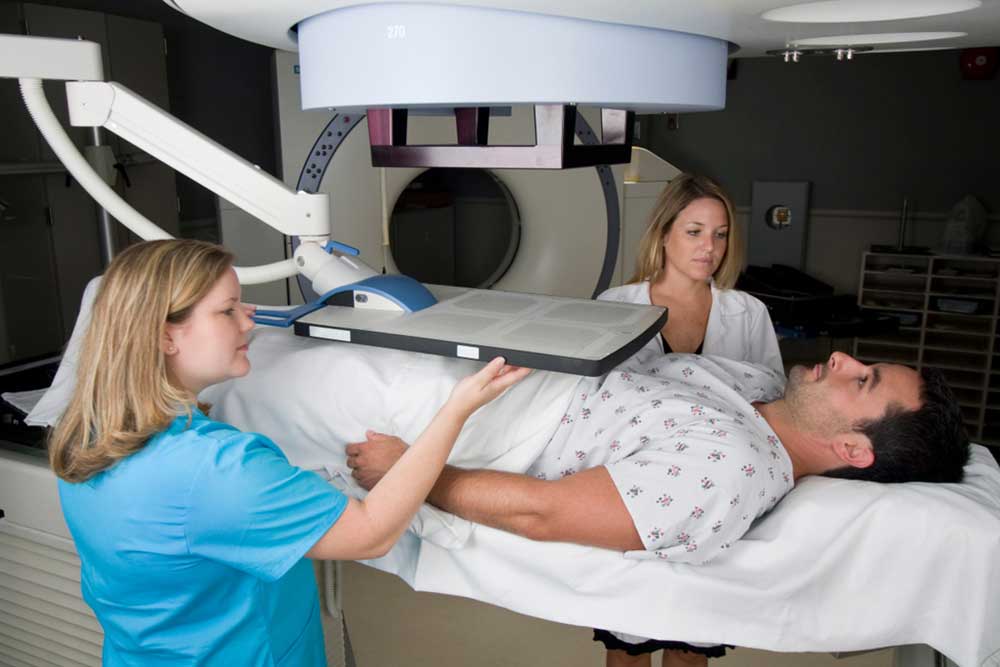Discovering Rare and Uncommon Types of Brain Tumors
This article introduces lesser-known brain tumor types, including gangliogliomas, olfactory neuroblastomas, and brain stem gliomas. It highlights symptoms, diagnoses, and treatment options, emphasizing the importance of early detection. Understanding these rare variants can improve awareness and aid in seeking timely medical intervention for potentially serious conditions.

Exploring Rare Brain Tumor Variants You May Not Know
Over 120 different brain tumor categories exist, making the identification of rare types quite challenging. Here’s an overview of some of the rarest brain tumor variants you should be aware of.
Data from the American Cancer Society indicates that in 2015, over 22,500 individuals in the U.S. received diagnoses of primary brain tumors. It’s also projected that about 15,000 adults died from complications related to these tumors. Additionally, around 4,300 children and teenagers were diagnosed that year, with more than half being under 15 years old.
A brain tumor involves abnormal cell growth within the brain, which can be benign or malignant. Primary brain tumors originate within the brain itself, while secondary (metastatic) tumors start elsewhere in the body and spread to the brain. This distinction is critical since treatment strategies depend on the tumor’s origin. The National Brain Tumor Society recognizes over 120 tumor types.
Some tumors are more prevalent, such as gliomas, which constitute nearly 45% of primary brain tumors. However, numerous less common tumor types exist. Here are some of the rarest brain tumors you might not have heard of:
Ganglioglioma
Representing about 1% of brain tumors, gangliogliomas are infrequent tumors originating from a single dividing cell. Most are benign, with only 10% being malignant. Complete surgical removal is usually necessary, and if incomplete, treatments like radiation or chemotherapy may follow.
Olfactory Neuroblastoma
Also called esthesioneuroblastoma, this rare tumor begins in the olfactory nerve within the nose. Symptoms include nasal blockage, bleeding, loss of smell, excessive tearing, and nasal discharge. Treatment options include surgery, chemotherapy, and radiation therapy.
Brain Stem Gliomas
These tumors develop at the brain stem's base, with symptoms such as nausea, facial weakness, double vision, speech and swallowing difficulties, and limb weakness. Surgical removal is often not feasible due to location; radiation therapy is typically employed.
Grade III Meningioma
Meningiomas arise in the protective layers covering the brain and spinal cord. While most are benign (Grade I), a small percentage progress to aggressive, malignant Grade III tumors. Symptoms can include seizures, headaches, vision changes, and behavioral issues. Treatment generally involves surgery and radiation; chemotherapy is under research.
Pineoblastoma
Common in children, pineoblastomas develop in the pineal gland. Risk factors may include mutations in the RB1 gene. Treatment involves surgical removal followed by chemotherapy and radiation to eliminate residual tumor cells.
Diagnosis of these tumors begins with physical and neurological examinations, including tests of cranial nerves and eye health. Additional imaging such as CT scans, MRIs, and angiographies may be used based on the physician’s assessment.









